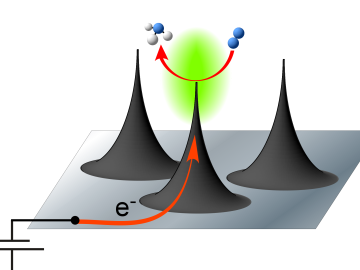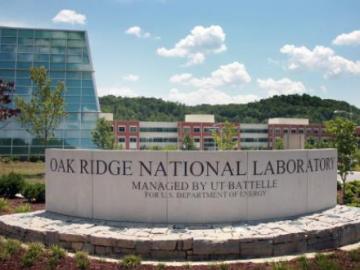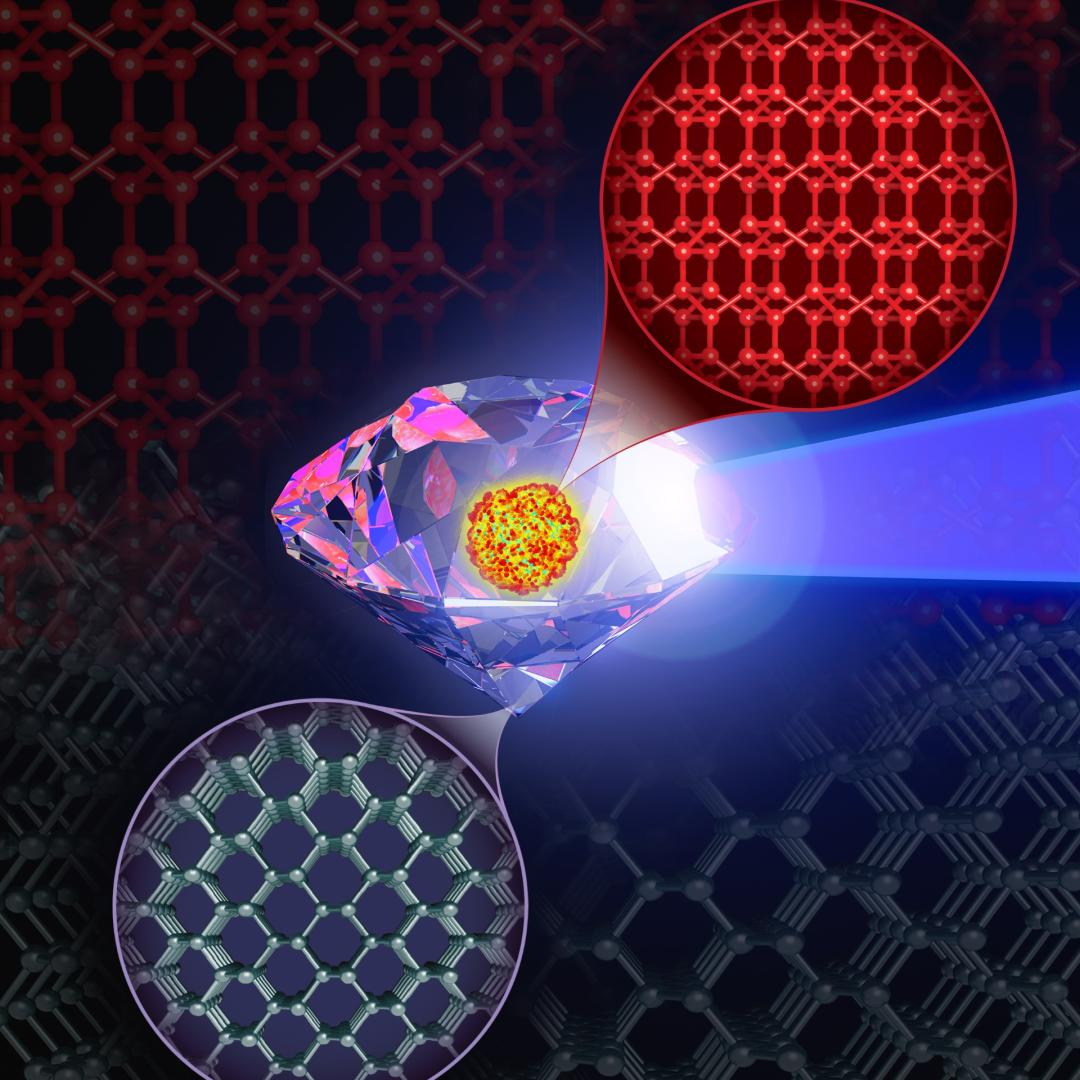
Filter News
Area of Research
- Advanced Manufacturing (1)
- Biological Systems (1)
- Biology and Environment (7)
- Clean Energy (29)
- Climate and Environmental Systems (1)
- Computational Biology (1)
- Computational Engineering (1)
- Computer Science (1)
- Energy Frontier Research Centers (1)
- Fuel Cycle Science and Technology (1)
- Fusion and Fission (5)
- Isotopes (3)
- Materials (31)
- Materials for Computing (6)
- National Security (3)
- Neutron Science (18)
- Nuclear Science and Technology (6)
- Nuclear Systems Modeling, Simulation and Validation (1)
- Sensors and Controls (1)
- Supercomputing (17)
News Type
Date
News Topics
- 3-D Printing/Advanced Manufacturing (10)
- Advanced Reactors (1)
- Artificial Intelligence (3)
- Big Data (1)
- Bioenergy (3)
- Biology (5)
- Biomedical (5)
- Biotechnology (1)
- Buildings (4)
- Chemical Sciences (4)
- Climate Change (1)
- Composites (4)
- Computer Science (16)
- Coronavirus (4)
- Critical Materials (2)
- Cybersecurity (4)
- Decarbonization (1)
- Energy Storage (9)
- Environment (4)
- Frontier (3)
- Fusion (5)
- Grid (3)
- High-Performance Computing (5)
- Isotopes (6)
- ITER (1)
- Machine Learning (1)
- Materials (10)
- Materials Science (8)
- Microscopy (5)
- Nanotechnology (7)
- National Security (3)
- Neutron Science (9)
- Nuclear Energy (4)
- Physics (4)
- Polymers (3)
- Quantum Computing (3)
- Quantum Science (7)
- Security (4)
- Summit (7)
- Sustainable Energy (6)
- Transportation (4)
Media Contacts
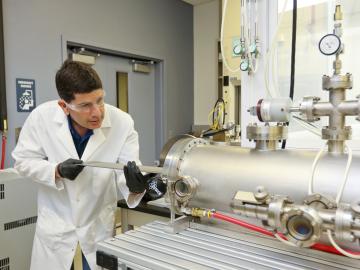
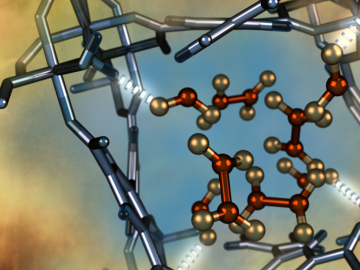
Led by the University of Manchester, an international team of scientists has developed a metal-organic framework material (MOF) that exhibits a selective, fully reversible and repeatable capability to remove nitrogen dioxide gas from the atmosphere in ambient conditions.

The U.S. Department of Energy’s Oak Ridge National Laboratory today unveiled Summit as the world’s most powerful and smartest scientific supercomputer.
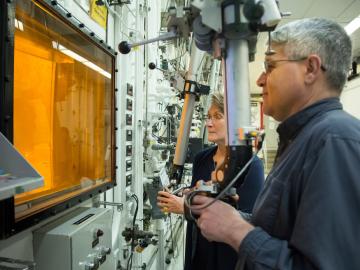
The Department of Energy’s Oak Ridge National Laboratory is now producing actinium-227 (Ac-227) to meet projected demand for a highly effective cancer drug through a 10-year contract between the U.S. DOE Isotope Program and Bayer.

Scientists at the Department of Energy’s Oak Ridge National Laboratory are the first to successfully simulate an atomic nucleus using a quantum computer. The results, published in Physical Review Letters, demonstrate the ability of quantum systems to compute nuclear ph...
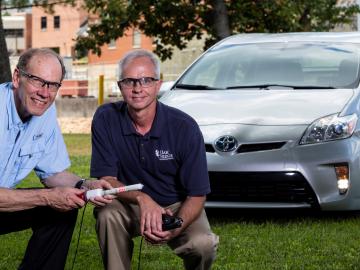

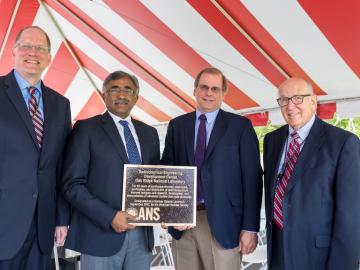
The American Nuclear Society has designated the Radiochemical Engineering Development Center at the Department of Energy’s Oak Ridge National Laboratory an ANS Nuclear Historic Landmark, recognizing more than 50 years of isotope production and nuclear fuel cycle resear...
